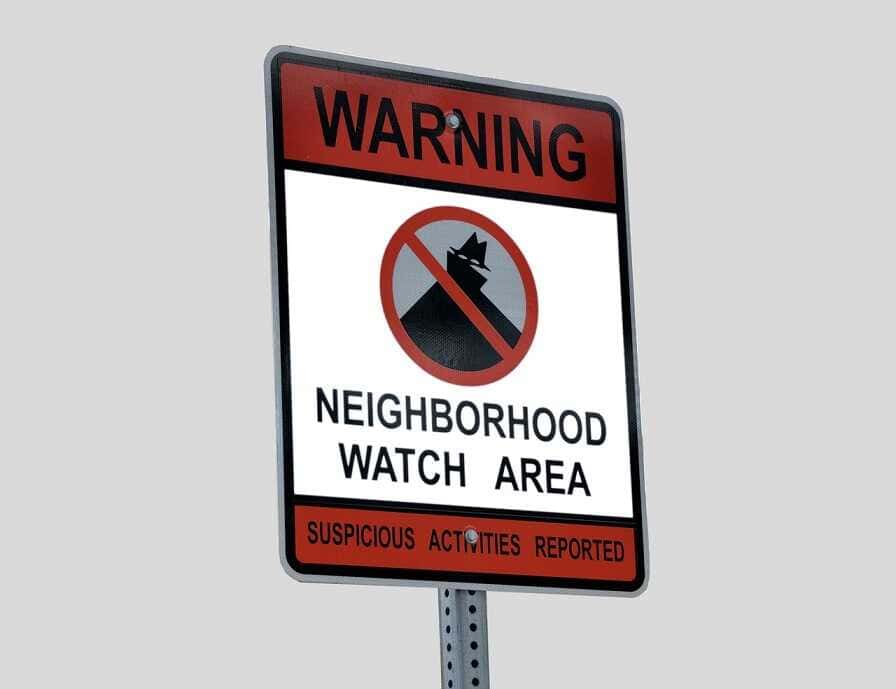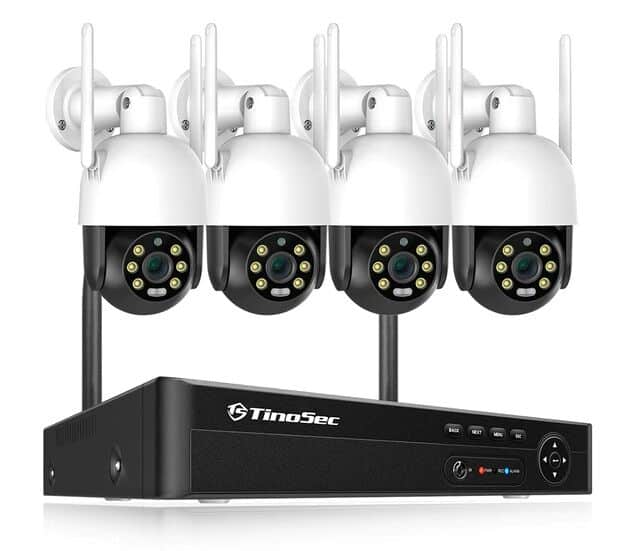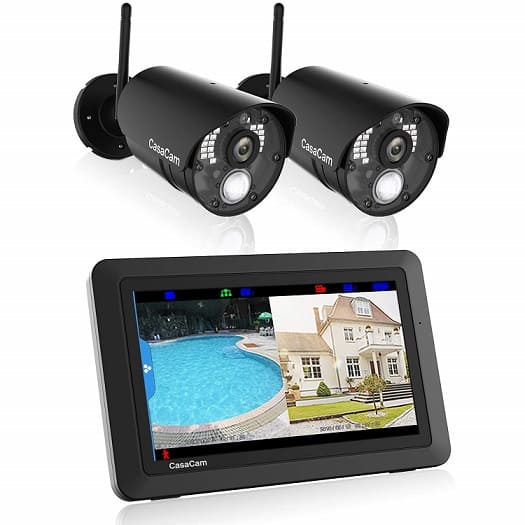How to Create a Neighborhood Watch Program
Neighborhood Watch programs are an excellent way for communities to come together and ensure the safety and security of their neighborhoods. By establishing a Neighborhood Watch program, residents can actively participate in preventing crime and maintaining a sense of security.
This article will provide a step-by-step guide on how to create a Neighborhood Watch program in your community.

Understanding Neighborhood Watch Programs
Neighborhood Watch programs aim to reduce crime by encouraging residents to be more observant and alert, and by fostering a sense of community and unity. These programs are based on the principle that neighbors who know each other and actively communicate can deter criminal activity and create safer environments.
Assessing Community Interest and Support
Before starting a Neighborhood Watch program, it is crucial to gauge community interest and support. Talk to your neighbors, local community organizations, and law enforcement agencies to determine if there is a need for such a program. Assessing community interest ensures that you have a solid foundation for your Neighborhood Watch.

Organizing a Meeting
Once you have determined community interest, organize a meeting to discuss the formation of a Neighborhood Watch program. Invite neighbors, local law enforcement representatives, and community leaders to attend the meeting. This meeting will serve as an opportunity to explain the benefits of a Neighborhood Watch, address concerns, and gain support from the community.
Recruiting Volunteers
During the meeting, encourage residents to volunteer for the Neighborhood Watch program. Explain the responsibilities and expectations of volunteers, emphasizing the importance of commitment and regular participation. Establish a core group of volunteers who will take on leadership roles and coordinate program activities.
Establishing Communication Channels
Effective communication is vital for the success of a Neighborhood Watch program. Establish various communication channels, such as email lists, social media groups, or a dedicated website, to facilitate the exchange of information among participants. Regularly share updates, safety tips, and relevant news to keep everyone informed and engaged.
Setting Goals and Objectives
Define clear goals and objectives for your Neighborhood Watch program. These could include reducing crime rates, improving safety awareness, fostering community engagement, and developing partnerships with local law enforcement agencies. Setting specific and measurable goals will help guide your activities and measure the program’s success.
Developing a Plan of Action
Create a detailed plan of action that outlines the strategies and activities your Neighborhood Watch program will undertake. This plan should include regular patrols, neighborhood meetings, safety workshops, and crime prevention initiatives. Assign responsibilities to volunteers and establish a timeline for implementing these activities.
Conducting Training Sessions
Training sessions are essential for equipping Neighborhood Watch participants with the knowledge and skills necessary to carry out their responsibilities effectively. Arrange training sessions on various topics such as crime prevention strategies, observation techniques, emergency preparedness, and effective communication. Consider inviting local law enforcement professionals or security experts to provide specialized training and guidance.

Implementing Neighborhood Watch Activities
Put your plan into action by implementing a range of Neighborhood Watch activities. Conduct regular patrols, both in vehicles and on foot, to monitor the neighborhood for any suspicious activities. Encourage participants to report any concerns or incidents promptly. Organize neighborhood meetings to discuss safety issues, share information, and foster a sense of community. Collaborate with local businesses, schools, and community organizations to organize events that promote safety and strengthen community bonds.
Collaborating with Law Enforcement
Maintain a strong partnership with local law enforcement agencies. Regularly communicate with them, sharing relevant information, and seeking their guidance when needed. They can provide valuable insights, resources, and support to your Neighborhood Watch program. Coordinate joint initiatives, such as crime prevention workshops or community events, to foster collaboration and enhance the impact of your efforts.
Monitoring and Evaluating the Program
Regularly monitor and evaluate the effectiveness of your Neighborhood Watch program. Assess whether the program is meeting its goals and objectives. Seek feedback from participants, law enforcement, and the community to identify areas for improvement. Make adjustments to your activities and strategies based on these evaluations to ensure the continued success of your program.
Celebrating Successes
Acknowledge and celebrate the achievements of your Neighborhood Watch program. Recognize the efforts of volunteers and community members who have contributed to enhancing the safety and security of the neighborhood. Consider organizing appreciation events, issuing certificates of recognition, or highlighting success stories through newsletters or local media outlets. Celebrating successes boosts morale, encourages participation, and reinforces the positive impact of the program.
Dealing with Challenges
Neighborhood Watch programs may face challenges along the way. It’s important to address these challenges proactively. Maintain open lines of communication with participants and encourage them to share any concerns or issues they encounter. Work collaboratively to find solutions, involve local law enforcement as needed, and provide support to overcome obstacles. By addressing challenges promptly and effectively, you can sustain the effectiveness of your Neighborhood Watch program.
Conclusion
Establishing a Neighborhood Watch program empowers residents to actively contribute to the safety and security of their community. By following the outlined steps in this article, you can create a successful Neighborhood Watch program that fosters a sense of unity, promotes crime prevention, and enhances the overall well-being of your neighborhood.
FAQs (Frequently Asked Questions)
What is the primary purpose of a Neighborhood Watch program?
The primary purpose of a Neighborhood Watch program is to prevent crime and enhance the safety and security of a community through active participation and cooperation among residents.
Is it necessary to involve law enforcement in a Neighborhood Watch program?
Yes, collaborating with local law enforcement is crucial for the success of a Neighborhood Watch program. They can provide guidance, resources, and support to ensure effective crime prevention efforts.
How often should Neighborhood Watch patrols be conducted?
The frequency of patrols may vary depending on the specific needs of the neighborhood. It is recommended to have regular patrols scheduled at different times to maximize coverage and deter criminal activity.
Can renters participate in a Neighborhood Watch program?
Absolutely! Renters can actively participate in Neighborhood Watch programs and contribute to the safety and security of their community. Involving everyone in the neighborhood promotes a united front against crime.
Disclaimer
Certain content that appears on this site comes from Amazon. As an Amazon Associate we earn from qualifying purchases. Read full Disclaimer Here!






